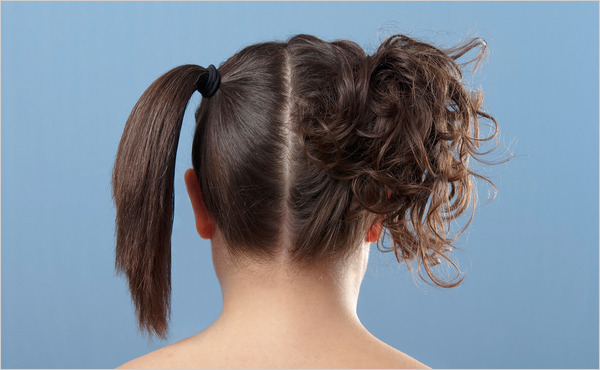The other week I posted about getting a toxic audit on my flat (cough, cough…I have to now move out, such is the dire state of my bedroom). And also about the toxic state of our beauty products. Since then I’ve studied further, and this Time magazine interview with the authors of the new book No More Dirty Looks popped into my inbox over the weekend. A few stats that might make you feel sick:
* Putting chemicals on your skin is actually far worse than ingesting them, because when you eat something the enzymes in your saliva and stomach help break it down and flush it out of your body. Cosmetics absorb directly.
* Women who use make-up on a daily basis can absorb almost 5 pounds of chemicals into their bodies each year.
A stack of you wanted to know what to buy, what to look for.So here’s some extra info:
1. The best advice I can give:
Use less products.
Then…
Check out Good Guide. And download their iphone app. The site surveys 16,000 products and lists the best in each category. And the worst. The FREE app allows you to scan barcodes and they give you a rating out of 10. If you live in the US, you should definitely use it. I spent an afternoon going through my products and not all of them are recognised.
Me, I’m not tossing the stuff I already have…that’s a waste. I’m using it up and will gradually replace with safer alternatives, researching as I go. Which I’m glad to read is also the No More Dirty Looks chicks’ approach. I’m working through my cosmetics stash, with my main approach being to use products with as FEW INGREDIENTS AS POSSIBLE. I do the same with food. So, Triology Rosehip oil and lavender oil (on my spots) are a good start. I’m also going to start using Natural Instinct products* – Australian made and totally committed to this kind of cause. My sister-in-law swears by it.
* Although update: see reader Vanessa’s comments below. Sigh…
2. Avoid fragrance, just avoid fragrance.
One artificial fragrance can contain hundreds—even thousands—of chemicals, and fragrances are a major cause of allergic reactions. When a product lists “fragrance” or “parfum” as an ingredient, run the other way. Companies are not obliged to tell you what exactly it is that’s making it smelly… it’s Russian roulette. And, yes, this applies to perfumes…they are stenchy endocrine disruptors. Not convinced? Read this.
3. Read the label and avoid these ingredients:
- Sodium Lauryl Sulfate. This is a really good starting point. Anything with SLS…high-tail from it – it’s a common ingredient in anti-freeze and engine degreasers. For a full rundown,see Dr Mercola‘s site.
